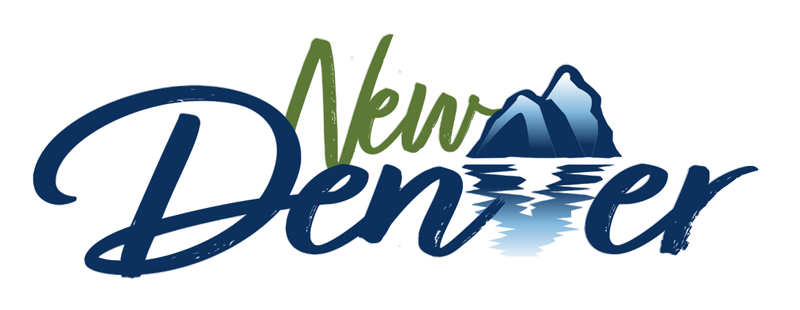REGIONAL DISTRICT OF CENTRAL KOOTENAY
MEDIA RELEASE
November 12, 2025
For immediate release
RDCK announces transition of Nakusp Waste Facility
Click here to view on the RDCK website
Nelson, BC: The Regional District of Central Kootenay (RDCK) is pleased to announce successful completion of major upgrades to the Nakusp Waste Facility, marking a significant step in its transition from an active landfill to a modern transfer station.
Over the past two years the Nakusp site underwent substantial improvements, including the installation of a new tipping area and compacting bins. These upgrades were part of a long-term strategy to enhance waste management services, control costs, and improve environmental performance while preparing for the eventual closure of the landfill.
Landfill Closure and Continued Service
The landfill is expected to cease operations November 24, 2025, once it reaches the limits of its current footprint. This closure will not affect the majority of site users. Residents will continue to dispose of household garbage and most recyclable materials at the new transfer station, which is now fully operational. Existing areas for clean wood, metal, tires, tanks, and yard & garden materials will remain unchanged. Staff will provide direction for any materials not suitable for bin disposal.
Why the Change?
The decision to consolidate landfilling across the RDCK was first recommended in 2009 to reduce operating costs and improve environmental outcomes. Currently, RDCK landfills operate without engineered liners or leachate treatment systems. While these are not required for existing RDCK landfill cells, any new cells will require costly infrastructure to meet modern standards; transitioning the Nakusp site to a transfer station and hauling waste to Ootischenia Landfill, will allow the region to avoid the higher costs of meeting these standards.
Environmental Benefits
Over 90% of waste-related emissions in Nakusp stem from landfill decomposition rather than transportation. Although hauling waste to Ootischenia may slightly increase emissions in the short term, significant reductions are expected by the mid-2030s, when Ootischenia begins managing landfill gas—an initiative not feasible at smaller sites like Nakusp.
The Ootischenia Landfill will be developed as an engineered landfill, including liners and leachate collection and treatment system, reducing the impact of waste on the receiving environment.
What to Expect After Closure
To ease the transition, allowances will be made for some disposals normally not accepted at RDCK transfer stations, for the first year following landfill closure. For larger disposals (greater than 5 m3 or 2,000 kg) RDCK staff will strive to accommodate residents, municipal partners, and contractors, through assessing loads on a case-by-case basis. Loads that exceed bin capacity or posing a threat to infrastructure or hauling safety (e.g., dense boulders or concrete which can damage bins or create weight imbalances) will be directed to Ootischenia for disposal.
As with all RDCK transfer stations, the following Controlled Wastes will not be accepted at Nakusp once landfilling ends:
- Contaminated soil,
- Municipal wastewater biosolids,
- Dead animals (quantities over 121 litres / 27 imperial gallons),
- Land clearing debris (quantities over 1.5 cubic metres),
- Asbestos containing materials.
Click here for a full list of accepted controlled waste materials. The Nakusp Transfer Station will continue to operate its septage pit until alternative service options are assessed for the Nakusp area.
Looking Ahead
The RDCK is actively exploring construction, demolition, and renovation waste diversion options to reduce the need for hauling this heavy, bulky waste to Ootischenia for disposal.
“We appreciate the community’s patience throughout this transition,” said Uli Wolf, RDCK General Manager of Environmental Services. “We’re proud to offer a modern, efficient, and environmentally responsible waste management solution for Nakusp.”
For more information
Please visit www.rdck.ca/NakuspTS.
Incorporated in 1965, the Regional District of Central Kootenay (RDCK) is a local government that serves 60,000 residents in 11 electoral areas and nine member municipalities. The RDCK provides more than 160 services, including community facilities, fire protection and emergency services, grants, planning and land use, regional parks, resource recovery and handling, transit, water services and much more. For more information about the RDCK, visit www.rdck.ca.
